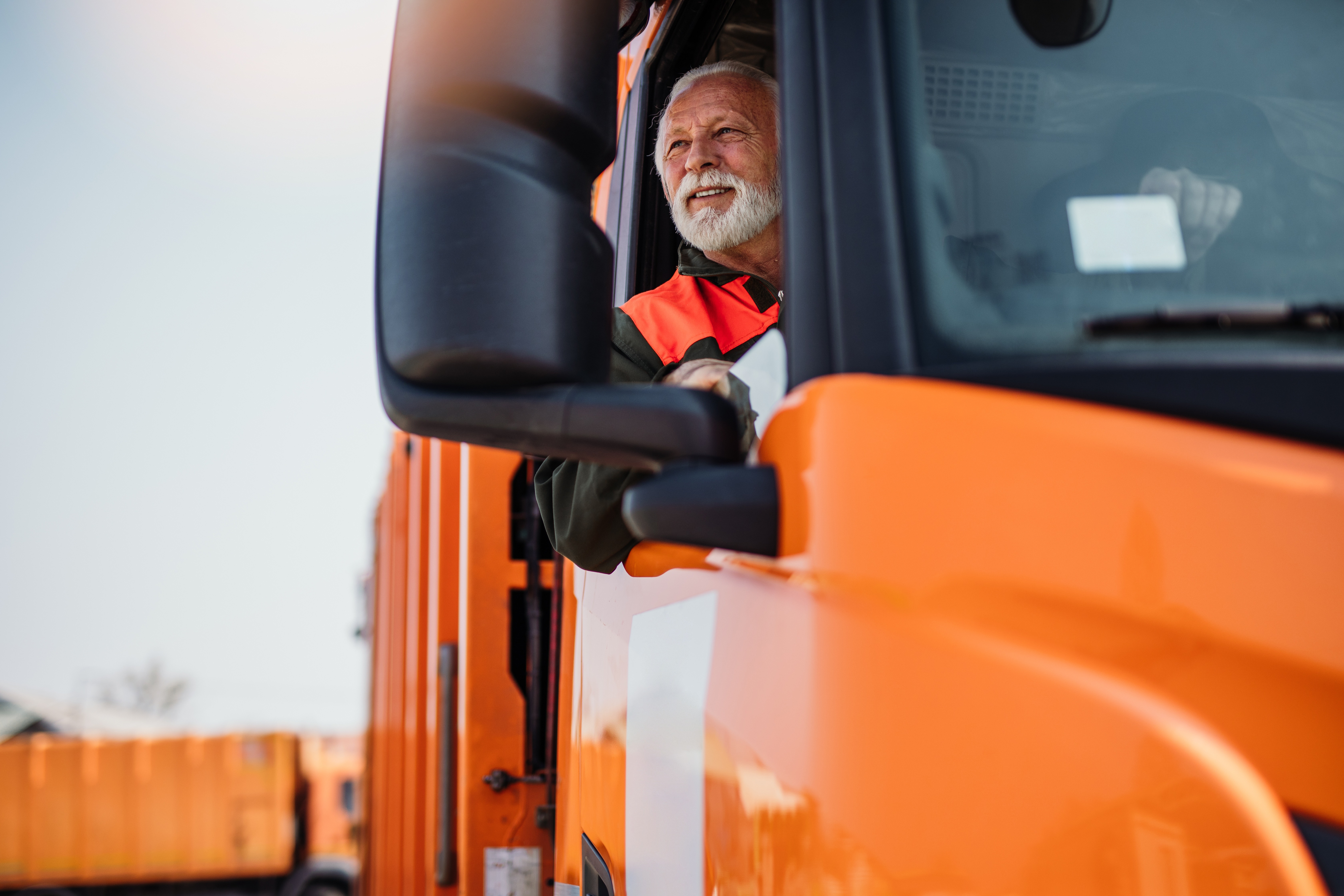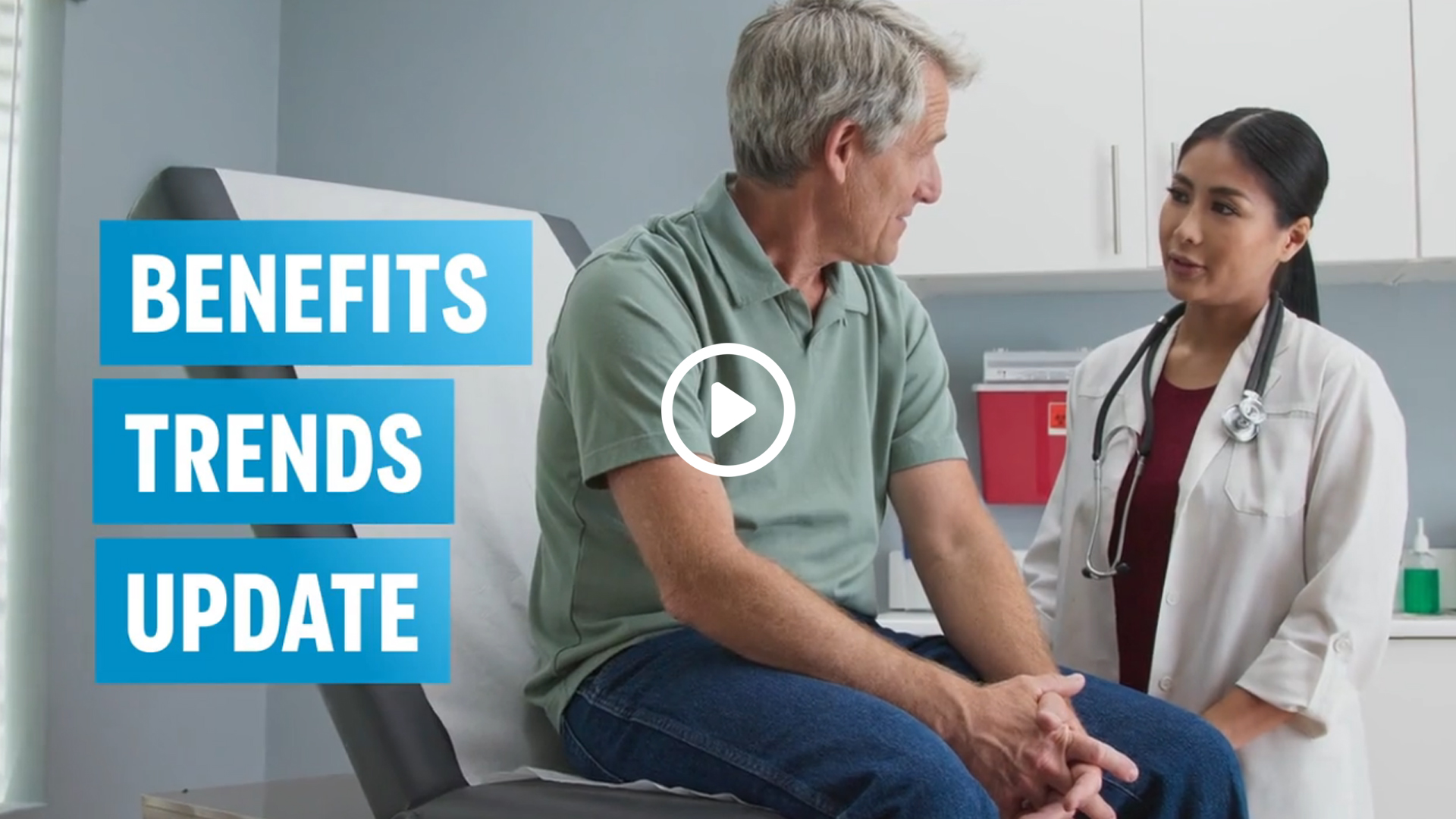 Resident transfers are a routine part of care in senior living facilities, yet they carry inherent risks. Improper transfers can lead to serious injuries, including head trauma, broken bones, and even more severe consequences like spinal injuries. In fact, failed transfers are among the leading causes of lawsuits in healthcare settings. Such incidents not only jeopardize the health of residents but also expose facilities to significant legal and financial repercussions. Partnering with industry specialists and implementing effective training can significantly minimize these risks and enhance the quality of patient care.
Resident transfers are a routine part of care in senior living facilities, yet they carry inherent risks. Improper transfers can lead to serious injuries, including head trauma, broken bones, and even more severe consequences like spinal injuries. In fact, failed transfers are among the leading causes of lawsuits in healthcare settings. Such incidents not only jeopardize the health of residents but also expose facilities to significant legal and financial repercussions. Partnering with industry specialists and implementing effective training can significantly minimize these risks and enhance the quality of patient care.
Types of transfers
- Gait belt transfers: This method involves using a gait belt to assist residents in moving from one position to another, such as from a bed to a wheelchair. It requires proper technique and understanding of the resident’s mobility capabilities.
- Mechanical lift transfers: These are essential for residents who require more support. Using a mechanical lift necessitates the involvement of at least two staff members—one to operate the lift and another to guide the resident. This teamwork is crucial to ensure a safe and smooth transfer.
- Sit-to-stand transfers: This technique is often used for residents who can bear some weight but need assistance to stand up. Proper training in this method can help staff support residents effectively while minimizing the risk of injury.
Training and competency
Our robust safe resident transfer program emphasizes a hands-on approach, ensuring that staff are well-equipped to handle various transfer scenarios. Key components of our program include:
- Understanding lift machines: Familiarity with the different types of mechanical lifts available in the healthcare setting is crucial. Each lift has specific operational guidelines that staff must follow to ensure safety.
- Preventive maintenance: Regular maintenance of lift equipment is essential to prevent malfunctions during transfers. Staff are trained to recognize signs of wear and tear and to report issues promptly.
- Using the correct sling: Different residents may require different types of slings based on their size, weight, and mobility level. Staff are educated on how to select and use the appropriate sling for each transfer.
- Emergency protocols: In the event of an emergency, staff must know how to respond quickly and effectively. Our training includes scenarios that prepare staff for unexpected situations during transfers.
- Return demonstration competency: To ensure that staff can apply what they’ve learned, we conduct return demonstrations where they must showcase their competency in performing safe transfers.
For more information on our senior living safety services, visit our senior living safety consulting page.




